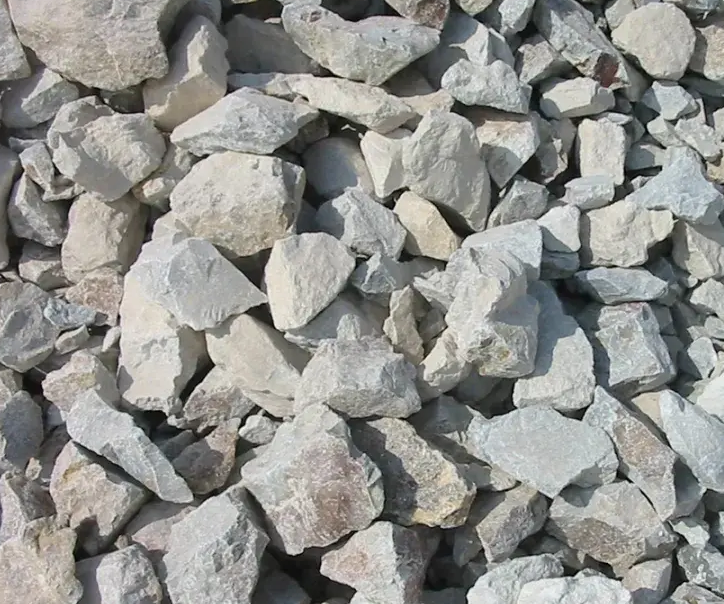What kind of mechanism sand belongs to low-quality mechanism sand?
Weathering mechanism sand
Weathering sand generally refers to the natural crushing and formation of sand under natural conditions such as solar radiation, atmosphere, water, and biological effects. This type of weathered sand is relatively weak, requires a large amount of water, and has poor adhesion, making it unsuitable for the production of concrete. This is also one of the reasons why "desert sand" cannot be used for construction.
Clay mineral mechanism sand
Clay minerals mainly refer to silicate minerals mainly containing aluminum, magnesium, etc. The mechanism sand produced by this mineral is generally layered in structure, with water absorption and ion exchange properties. After absorbing water, the volume of sand expands several times to several tens of times, causing hardened concrete to crack, peel off, and peel off, damaging the concrete structure.

Minerals containing harmful impurities
The minerals used for processing mechanism sand contain impurities such as organic matter, shale, gypsum, coal, iron oxide, mica, sulfides, chloride ions, etc., which are not suitable for producing mechanism sand. Most organic compounds are products of plant decay, which can significantly reduce the early strength of concrete and affect its durability.
Minerals with high mud content
Some minerals may cover a thicker soil layer during the production process, and the rock may not form a whole block. Such minerals are suitable as water stable layers. Mud and mud blocks can reduce the workability of concrete, and have an impact on its compressive strength, crack resistance, flexural strength, impermeability, frost resistance, etc. After the mud blocks dissolve, they will leave scale like voids on the surface of hardened concrete, affecting its durability.
Minerals containing active substances
Free calcium oxide and free magnesium oxide in steel slag aggregate; The burnt lime particles in the waste residue of the abandoned lime field; Pyrite and magnetite (ferrous sulfide), alkali activated aggregates, etc., these active ingredients will undergo chemical reactions after concrete hardening, resulting in volume expansion and damage to the concrete.
Irregular, uneven, and discontinuous particles
Due to the unreasonable selection of crushing technology and equipment, the sand particles are irregular, uneven, and discontinuous. The combination of crushing technology and equipment should be selected based on the characteristics, strength, hardness, etc. of the rock.
Recommend
-

-

QQ Zone
-

Sina Weibo
-

Renren.com
-

Douban
recommended for you
-

Interpreting the series of issues related to concrete rebound strength, please bookmark!
-

Complete guide for summer concrete curing to ensure worry free engineering quality
-

Concrete reinforcement methods and precautions
-

How long does it take for concrete strength to reach 75%
-

How to improve the durability of concrete

